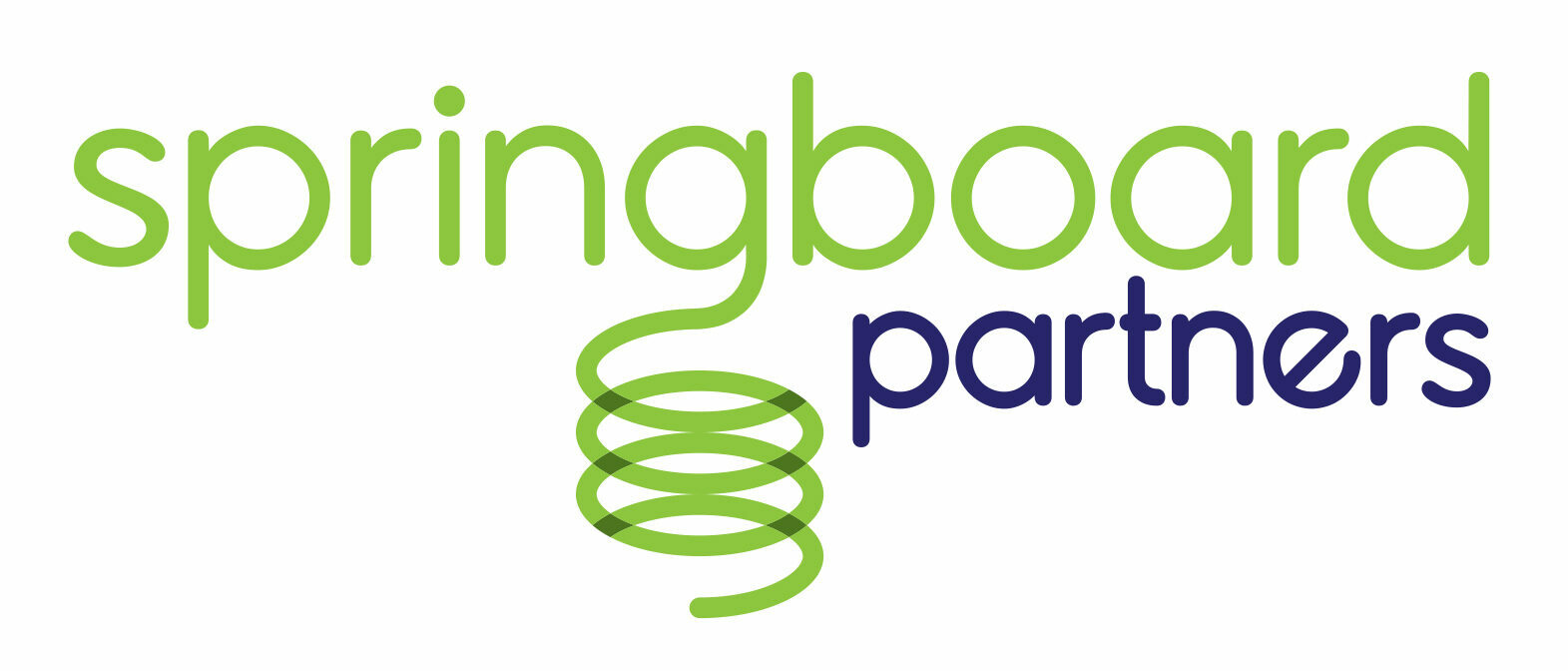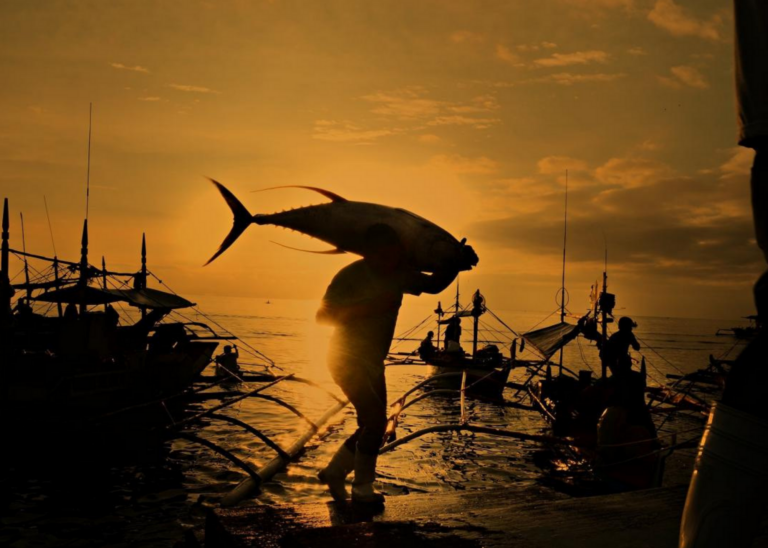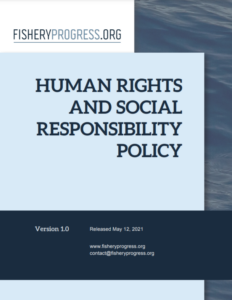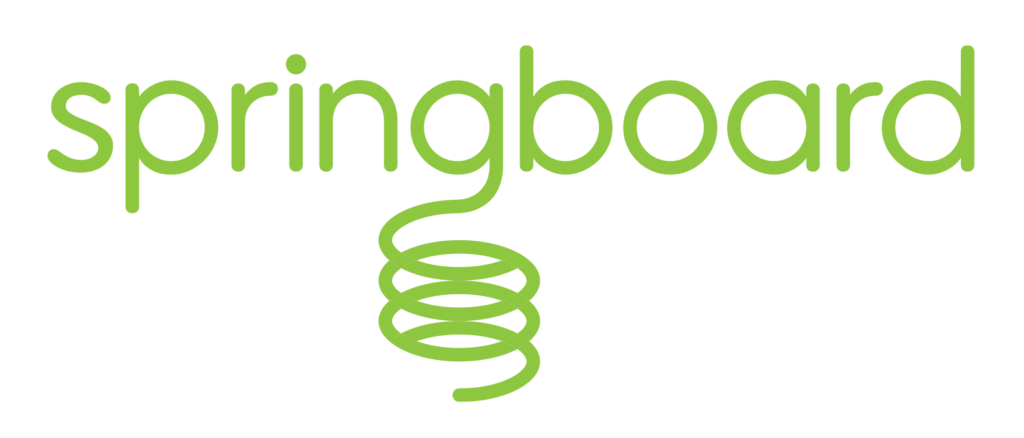FisheryProgress, developed and managed by FishChoice, is a one-stop shop for the sustainable seafood community to get reliable information about fishery improvement projects (FIPs), which are efforts to address environmental or social challenges in fisheries and make them more sustainable.
Earlier this year, FisheryProgress released its Human Rights and Social Responsibility Policy, which outlined requirements and expectations of FIPs reporting on the site. To inform the policy, FisheryProgress undertook an intensive multi-stakeholder process over nearly two years. We spoke with Kristin Sherwood, program director at FishChoice, to learn more about why FisheryProgress invested in a feedback process and what the benefits were.
Tell us about the policy you just released and why it was such an achievement!
Since 2016, FIPs have been using FisheryProgress to report on and share their progress with potential buyers, so the buyers can make informed seafood sourcing choices. And until this year, that reporting focused only on their environmental progress.
In the past few years, investigations by NGOs and journalists have highlighted the need to address human rights abuses in fisheries. And in response, human rights risks in supply chains became a focus for the seafood industry. We realized that addressing the human rights risks in fisheries listed on the site was critical, and we needed to find a way to adapt FisheryProgress to also reflect social risks alongside environmental risks.
This wasn’t easy though – social responsibility efforts in the seafood sector are still in the early stages of development, so we really had to forge our own path forward developing a policy.
Why was feedback so important to developing this policy?
FIPs require participation from the supply chain companies, nonprofits, fisheries managers, government, and others to be successful. And each of these stakeholders, along with the fisheries themselves, had different needs related to identifying and addressing human rights risks. Developing a policy that met these needs, and also wasn’t so burdensome that the FIPs struggled to meet the requirements, was a challenging balance to strike. Getting feedback from all of our key audiences was critical to achieving that.
And this wasn’t just about the policy itself – to effectively implement this policy, it meant significant changes to our website, updates to how our staff reviews the information that FIPs report through the site, and how we communicate the information back to FisheryProgress users. The feedback we gathered helped inform all of these efforts.
Gathering feedback and taking the time to process and incorporate it into your work can be time-consuming, expensive, and messy – but the results are worth it every time.
What did the feedback process look like?
We spent two years developing this policy, which included an intensive stakeholder feedback process. We started by convening a Social Advisory Committee which reflected expertise in human and labor rights, FIPs, and corporate responsibility in seafood supply chains. This committee was critical to us as we worked through this process and developed the policy to provide guidance and serve as a sounding board.
We conducted three rounds of stakeholder feedback – an initial round in late 2019 to take the temperature of the community, and two rounds in 2020 to solicit feedback on the original draft policy and proposed major changes. We used surveys, group calls, and one-on-one outreach to engage hundreds of stakeholders, including businesses, human rights and conservation NGOs, as well as FIPs that were reporting on the site.
This process was a huge investment, requiring time from our team, our Social Advisory Committee members, and consultants, but was invaluable as we developed the policy.
How did you prioritize audiences and make sure you were getting feedback from targeted groups?
The first step in each of our three feedback processes was to identify the audiences we wanted feedback from. These audiences included both those that were engaged in FIPs – fisheries, supply chain and retail companies, government, NGOs, and others – as well as those that could offer insight on how to best protect human and social rights, including human rights NGOs, trade unions, and advocacy groups.
During each feedback process, we set targets for how many people we wanted to feedback from in each audience. We carefully tracked who we were hearing from throughout the feedback windows, and reached out directly to our contacts in each audience group to make sure we reached our targets. If needed, we made adjustments – such as adding additional calls, extending the response deadline, or working through partners to reach new contacts – to hit our targets.
How did you use the feedback you received, and how did you communicate to others what you heard?
The feedback we received had a significant influence on the final policy. It not only helped us set practical but valuable reporting requirements, but also helped us add clarity and detail to ensure the requirements were clear and set an implementation timeline that would allow FIPs on the site to successfully begin to meet the policy.
Additionally, the feedback we received was useful in helping us better understand how to communicate back the data that FIPs reported to us. At its core, FisheryProgress is about improvement and transparency, and we wanted to maintain those values as we expanded our focus to include social responsibility. However, there are different challenges around communicating human rights risks than environmental risks. The feedback we received was critical to help us both support FIPs to identify the risks that exist in their fisheries and take steps to mitigate them, while also meeting industry’s need to understand where there may be issues in their supply chain.
We aimed to be open with our audiences about the feedback we were hearing throughout this process. We took feedback directly to our Social Advisory Committee, and relied on them to guide us as we worked to balance feedback. And as we iterated on the policy throughout the various feedback processes, we noted major changes and provided explanations for why changes were proposed. We hoped through this transparency that all our audiences would better understand the needs of different parts of the supply chain in mitigating human rights risks.
What benefits have you seen from the investment you made in gathering this feedback?
The biggest benefit of gathering feedback was the stakeholder ownership and buy-in that resulted from the process. People noticed that their input was being heard and incorporated into subsequent drafts of the policy – and that helped both build their trust in us and their belief that the policy was a true reflection of the needs of the field.
What feedback do you have for other nonprofits who are considering this type of process?
Gathering feedback and taking the time to process and incorporate it into your work can be time-consuming, expensive, and messy – but the results are worth it every time. If we had not invested in the degree of consultation that we did, I think we would have been investing potentially more time fielding individual complaints and concerns. In the long run, the investment we made in consultation will make this effort even more successful.



